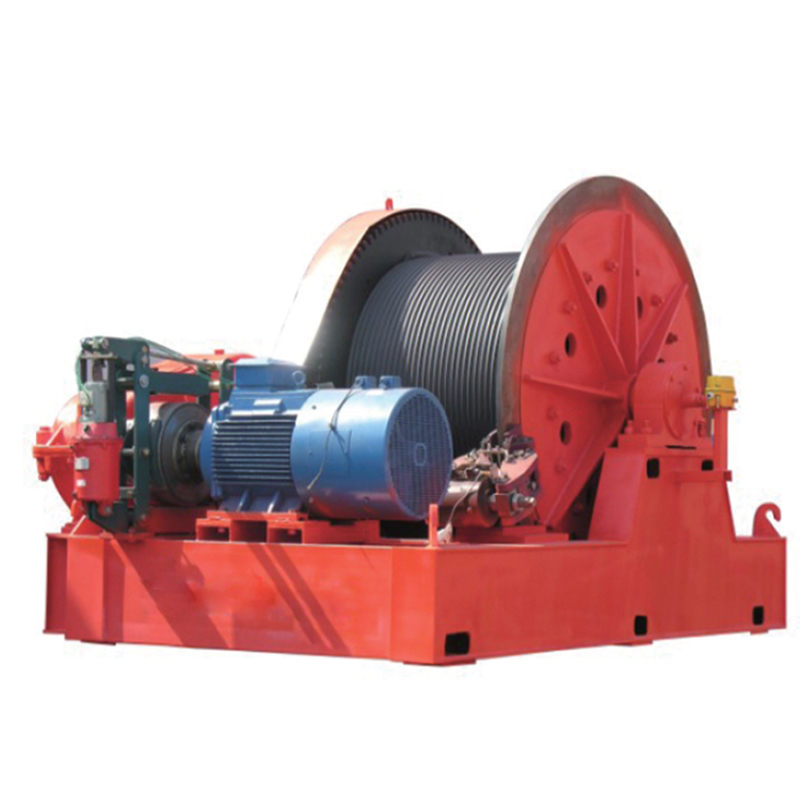Many people buy winches solely based on their tonnage, only to discover they’re “not suitable” after actual use—they rust quickly in humid environments, or they’re too fast to control. The key to choosing a winch is to prioritize your actual needs and focus on these 5 indicators:
1. Load Capacity: “Leaving some margin” is safer than “just enough.”
Load capacity is crucial, but you shouldn’t choose a model that’s “just enough” for your needs. It’s recommended to add 10%-20% margin based on your actual load capacity—for example, if you need to pull 5 tons of material, choose a 6-7 ton winch. Long-term full-load operation can accelerate wear and tear on the motor and wire rope, and even lead to safety accidents. 2. Working Environment: The environment determines the “equipment material.”
For open/humid environments: Choose a model with a rain cover, and a drum and motor that have undergone corrosion protection (such as galvanizing or spray coating).
For high-temperature environments: Choose a high-temperature-resistant motor (typically withstanding temperatures ≥120°C).
For dusty environments: Choose a transmission system with a dust cover to prevent dust from entering the reducer and causing wear.
3. Speed Requirement: “Fast or Slow” depends on the operating scenario. Winch speed isn’t always better:
For lifting heavy objects (such as construction hoists), a slow and stable speed is required to avoid shaking. A typical speed is 0.5-3 m/min.
For horizontal traction, the speed can be increased appropriately, choosing 3-10 m/min.
For frequent starts and stops, it is recommended to choose a model with a frequency converter for stepless speed regulation and reduced impact. 4. Braking System: The “Bottom Line” of Safety
The braking system is a life-saving device and must meet two requirements:
Dual brake configuration: a working brake (for daily speed control) and a safety brake (automatically activated in the event of a sudden power outage or overload);
Braking reliability: For example, electromagnetic brakes must engage upon power failure, and hydraulic brakes must be leak-proof to prevent slippage.
5. Brand and After-Sales Service: Don’t Fall for Cheaper Options
Winches from small factories may be inexpensive, but their materials (for example, using ordinary steel instead of high-strength steel) and workmanship (for example, irregular drum rope grooves) may not meet standards, leading to more failures later on. It’s recommended to choose a reputable brand and pay attention to after-sales service—for example, whether they offer on-site installation and replacement of wearing parts (wire rope, brake pads). After all, a single day of downtime can be costly.

Post time: Aug-22-2025







